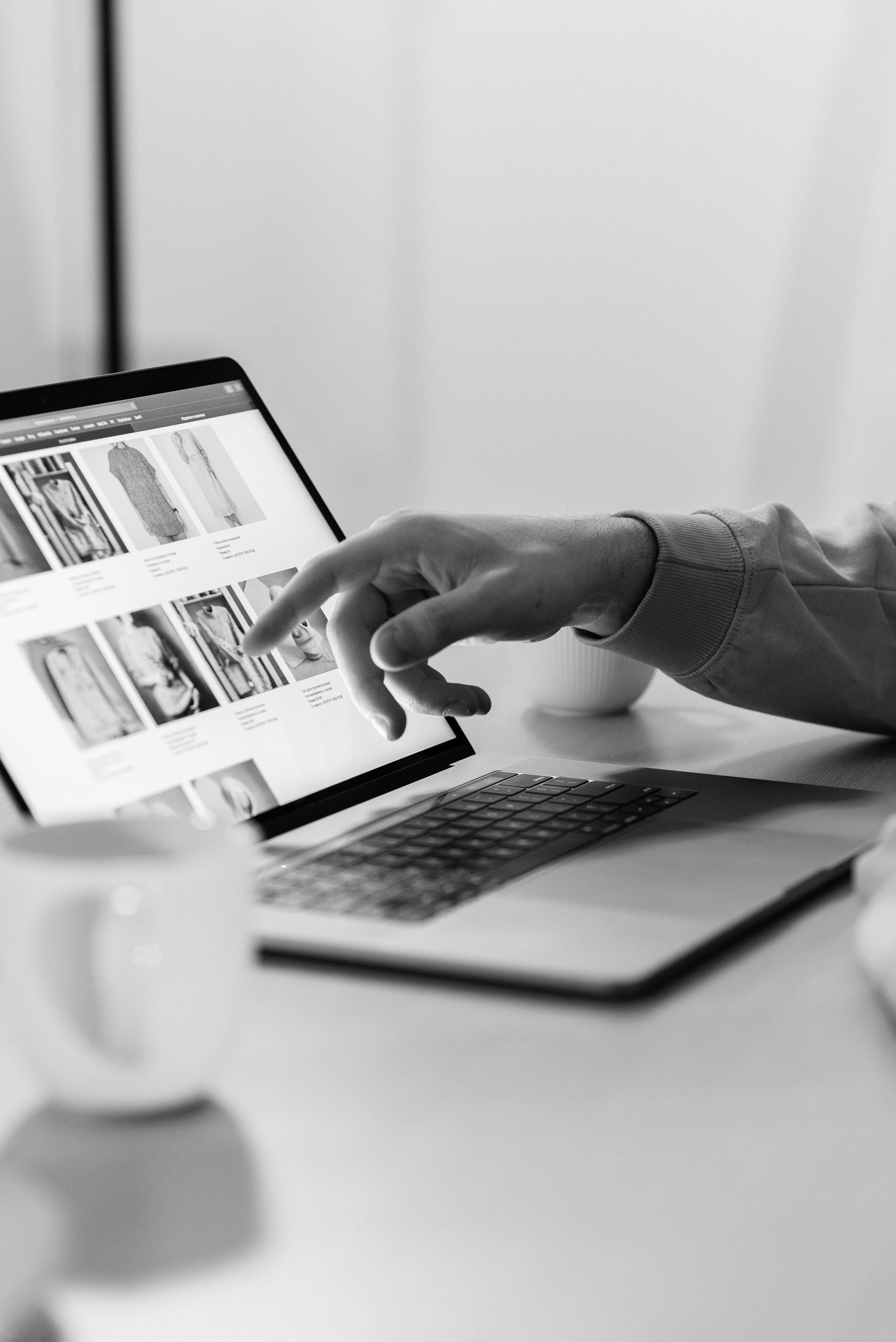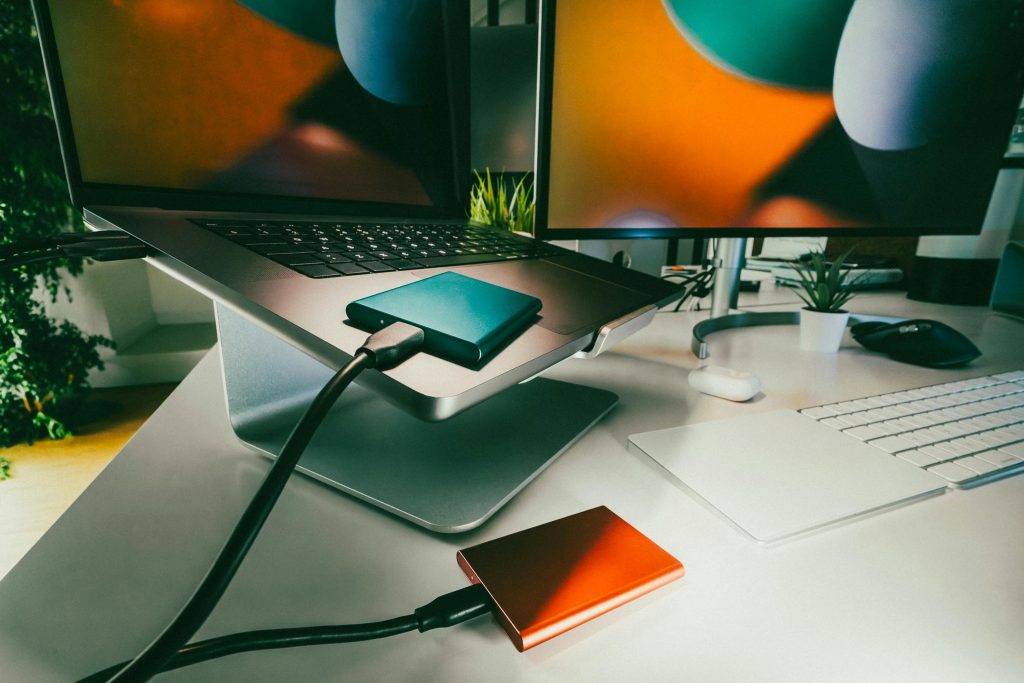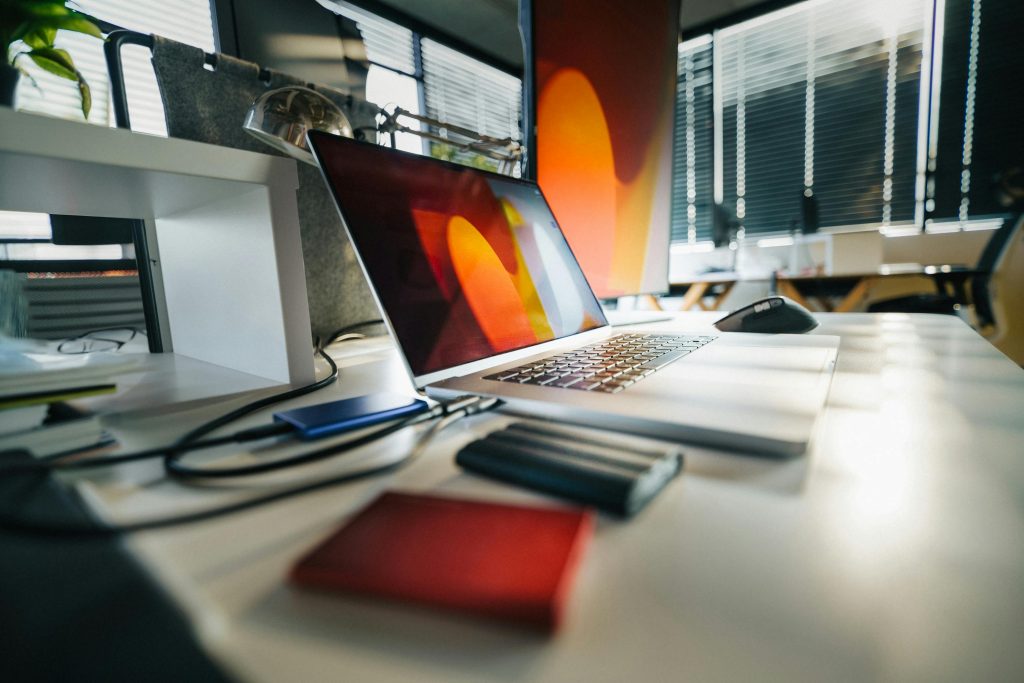Recovering Photos from a Smartphone with a Black Screen but Functional Touchscreen
Accidental damage to smartphones is a common mishap, and when your device sustains such an impact that the display turns completely black—yet the touch functionality remains—it can be a frustrating experience, especially if you’re eager to recover valuable photos and images. If you find yourself in this situation, there are several methods you can try to retrieve your data without necessarily repairing or replacing the device.
Understanding the Situation
In this scenario, the smartphone’s screen is unresponsive visually, but the touch interface continues to work. This indicates that the display hardware is likely damaged, but the core functionality of the device remains intact. Attempts to connect the phone to an external monitor using a Type-C to HDMI cable have been unsuccessful, and connecting the device to a computer shows the device is recognized but the storage appears empty.
Step-by-Step Strategies for Data Recovery
1. Establish Compatibility with External Display
- Verify Connection Methods: Ensure that the Type-C to HDMI cable is compatible with your device and the connected monitor. Some smartphones require specific adapters or support certain protocols.
- Alternative Connection: Consider using a USB-C to USB-A or USB-C to DisplayPort cable if HDMI fails.
- Test on Different Devices: Try connecting the phone to another monitor or TV to rule out compatibility issues.
2. Enable File Transfer Mode via Hardware Controls
- Use Hardware Buttons: If your device responds to touch, you might attempt to enable file transfer mode (MTP) manually:
- Connect your phone to the computer.
- Unlock the device if possible.
- Use the volume buttons or hardware keys to navigate (if touch works) and select “File Transfer” mode.
- Tap on the notification bar to enable data transfer if it appears.
3. Utilize Android Debug Bridge (ADB)
If your device is an Android phone and has USB debugging enabled prior to damage, ADB can be a powerful tool:
- Install ADB: Download and install the Android SDK Platform Tools on your computer.
- Connect your Device: Use a USB cable to connect your phone to the computer.
- Recognize Device: Run
adb devicesin the command line to check if your device is recognized. - Copy Files: Use
adb pull /storage/emulated/0/to transfer your photos and images to your computer.
Note: If USB debugging was
Share this content:



